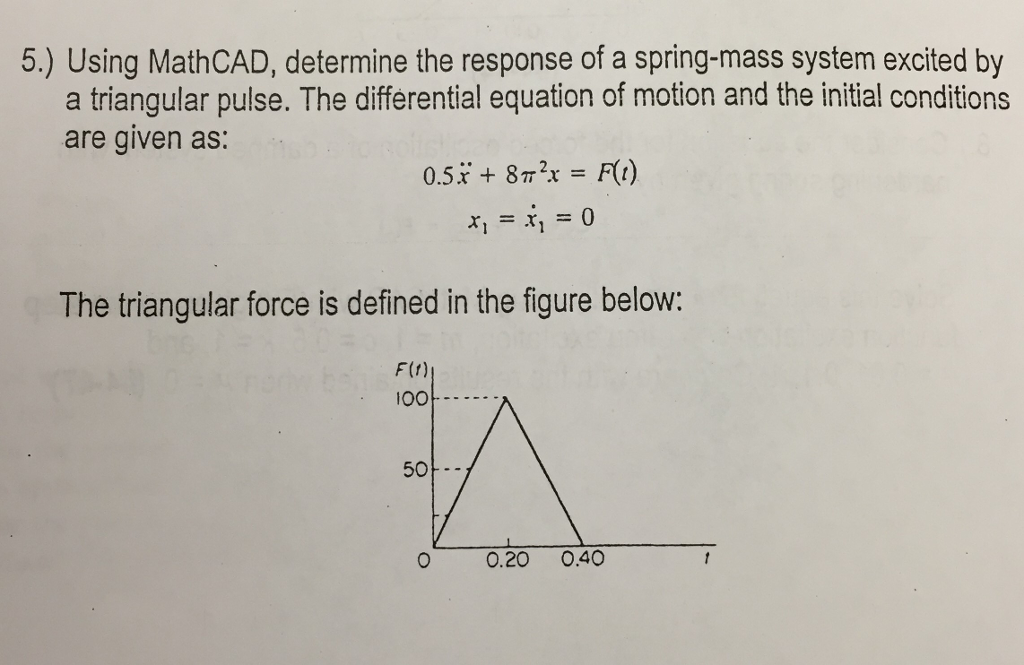


Chebyshev introduced analytical techniques for the study and invention of linkages.

Burmester formalized the analysis and synthesis of linkage systems using descriptive geometry, and P. Kempe's design procedure has inspired research at the intersection of geometry and computer science. Kempe, who showed that linkages for addition and multiplication could be assembled into a system that traced a given algebraic curve. Sylvester, who lectured on the Peaucellier linkage, which generates an exact straight line from a rotating crank. This led to the study of linkages that could generate straight lines, even if only approximately and inspired the mathematician J. This drove his search for a linkage that could transform rotation of a crank into a linear slide, and resulted in his discovery of what is called Watt's linkage. In the mid-1700s the steam engine was of growing importance, and James Watt realized that efficiency could be increased by using different cylinders for expansion and condensation of the steam. It was Leonardo da Vinci who brought an inventive energy to machines and mechanism. Into the 1500s the work of Archimedes and Hero of Alexandria were the primary sources of machine theory. 5 Planar one degree-of-freedom linkagesĪrchimedes applied geometry to the study of the lever.


 0 kommentar(er)
0 kommentar(er)
